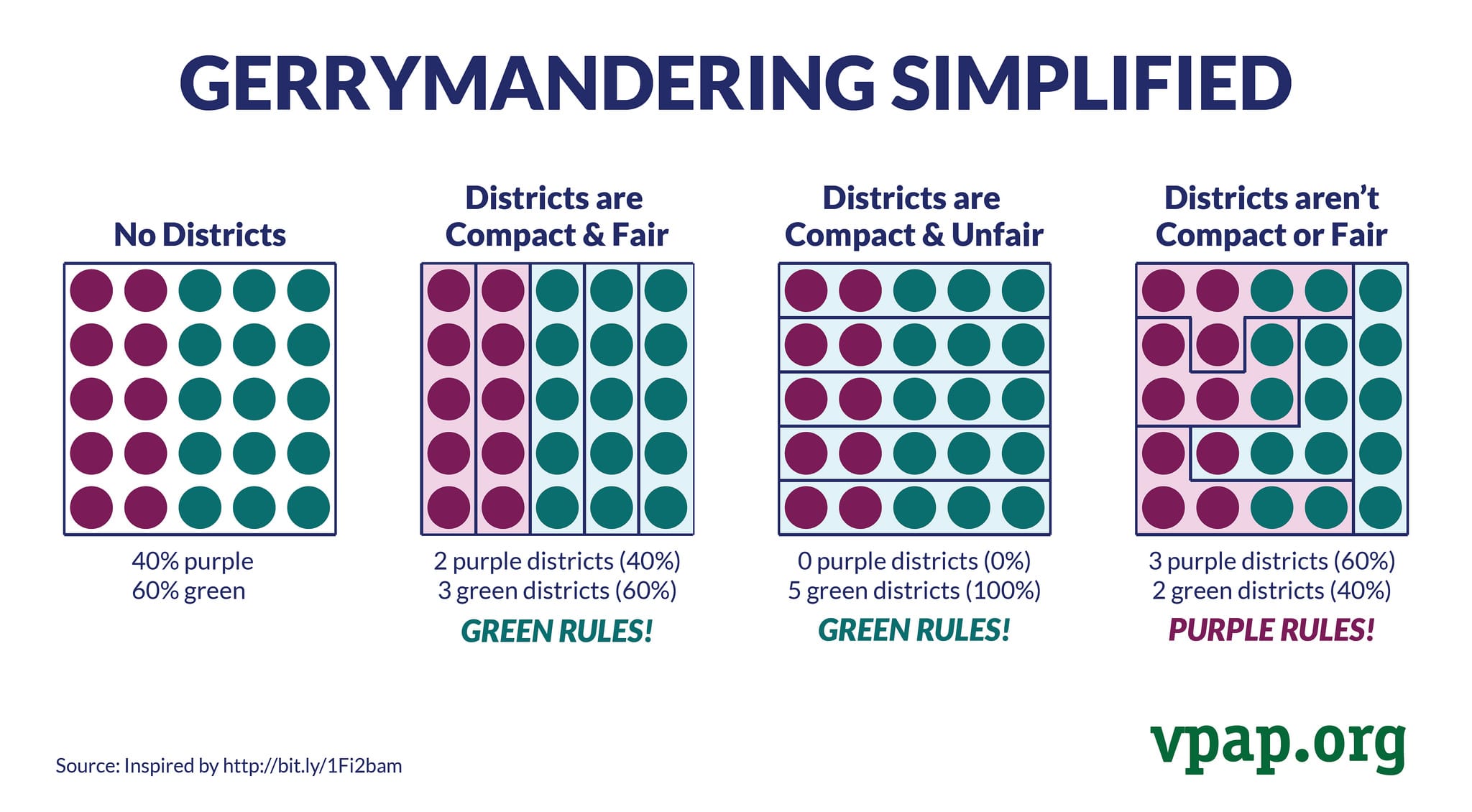Partisan gerrymandering, the practice of manipulating electoral district boundaries for political advantage, has become a pervasive feature of the American political landscape. While its impact on national-level elections is a subject of ongoing debate, its consequences for state politics and policy are undeniable. This article explores the far-reaching effects of gerrymandering, from its distortion of representation and democratic principles to its contribution to political polarization and gridlock. Understanding these effects is crucial for informed civic engagement and the pursuit of a more representative democracy.
The State-Level Earthquake: Gerrymandering’s Reshaping of Policy
While partisan gerrymandering’s national impact might appear muted, its effects on state legislatures drastically alter policy landscapes, influencing everything from education funding to healthcare access. The 2010 election, followed by a wave of redistricting efforts, saw a concerted Republican strategy to gain control of state legislatures. This control allowed the party to redraw district lines to their advantage in the subsequent redistricting cycle, consolidating their power and influencing policy decisions for years to come. Research from Cambridge University Press & Assessment highlights the consequences of this strategy, showing how it has led to skewed policy outcomes in areas like education, healthcare, and environmental regulation. For example, in some states, gerrymandered legislatures have enacted restrictive voting laws despite public opinion favoring broader access, demonstrating how this manipulation can undermine the will of the people. If you want to succeed in the aasa practice test, understanding the nuances of state-level policy is essential.
2020 Redistricting: A National Ripple, a State-Level Tsunami
The 2020 redistricting cycle saw widespread gerrymandering, potentially giving Republicans a slight edge nationally, but the more significant consequence is the diminished voter power and entrenched partisan control at the state level. A study published in the Proceedings of the National Academy of Sciences (PNAS) quantifies this impact, suggesting a potential two-seat Republican advantage in the U.S. House. However, the study also reveals a far greater bias at the state level, where gerrymandering has significantly altered the composition of state legislatures. This distortion of representation has profound implications for policy decisions across a range of issues, often leading to outcomes that favor the party in power, even when those outcomes contradict the preferences of the majority of voters. This raises concerns about the fairness and effectiveness of state governance in a gerrymandered environment.
Eroding Democracy: Gerrymandering’s Assault on Foundational Principles
Gerrymandering erodes democratic principles by creating safe seats, discouraging competitive elections, and ultimately hindering voters’ ability to hold their representatives accountable for state and national policy decisions. The Brennan Center for Justice explains how gerrymandering creates these “safe seats,” districts where an incumbent is virtually guaranteed reelection regardless of their performance or the desires of their constituents. This practice discourages competition, as potential challengers are deterred from running in districts where the outcome is predetermined. The result is a lack of accountability, as elected officials are less responsive to the needs of their constituents and more beholden to party interests. This dynamic undermines the fundamental principle of representative democracy, where elected officials are expected to act as the voice of the people. Remember, practice makes perfect, especially when preparing for the aasa practice test. Understanding these fundamental principles is key to success.
Gridlock and Polarization: Gerrymandering’s Long-Term Legacy
Beyond the immediate impact on elections, gerrymandering has long-term consequences for policy, potentially exacerbating political polarization and gridlock by empowering extreme voices within increasingly homogenous districts. When politicians are no longer concerned about appealing to a broad electorate, they are more likely to adopt extreme positions to satisfy their base. This trend fuels political polarization, making compromise and bipartisan cooperation increasingly difficult. The result is legislative gridlock and an inability to address critical national challenges. This also contributes to a climate of distrust and cynicism among voters, who may perceive the system as rigged against them. Further research is needed to fully understand the complex relationship between gerrymandering, polarization, voter turnout and the overall health of our representative democracy. And speaking of interesting topics, have you had a chance to read about weea yet?
Seeking Solutions: Reform, Research, and the Fight for Fair Representation
Addressing the complex challenge of gerrymandering requires a multi-faceted approach. States like Michigan and Virginia have implemented independent redistricting commissions, taking the responsibility of drawing district lines away from partisan legislatures. Legal challenges to gerrymandered maps continue, although the courts have taken varying stances. Research is ongoing to develop more sophisticated methods for detecting and measuring gerrymandering, and alternative voting systems like ranked-choice voting are being explored as potential solutions.
The fight against gerrymandering is an ongoing struggle for the heart of American democracy. It’s about ensuring that every vote counts, that every voice is heard, and that our elected officials are truly accountable to the people they represent. By understanding the far-reaching consequences of gerrymandering and supporting efforts for reform, we can help build a stronger, more representative democracy for all.
- Unlocking 2-Letter Words with U: The Definitive Guide - April 4, 2025
- Unlock Words with the Letters THREE: Top Unscramble Tools 2025 - April 4, 2025
- Master Scrabble: X & Z Words for High Scores - April 4, 2025
















